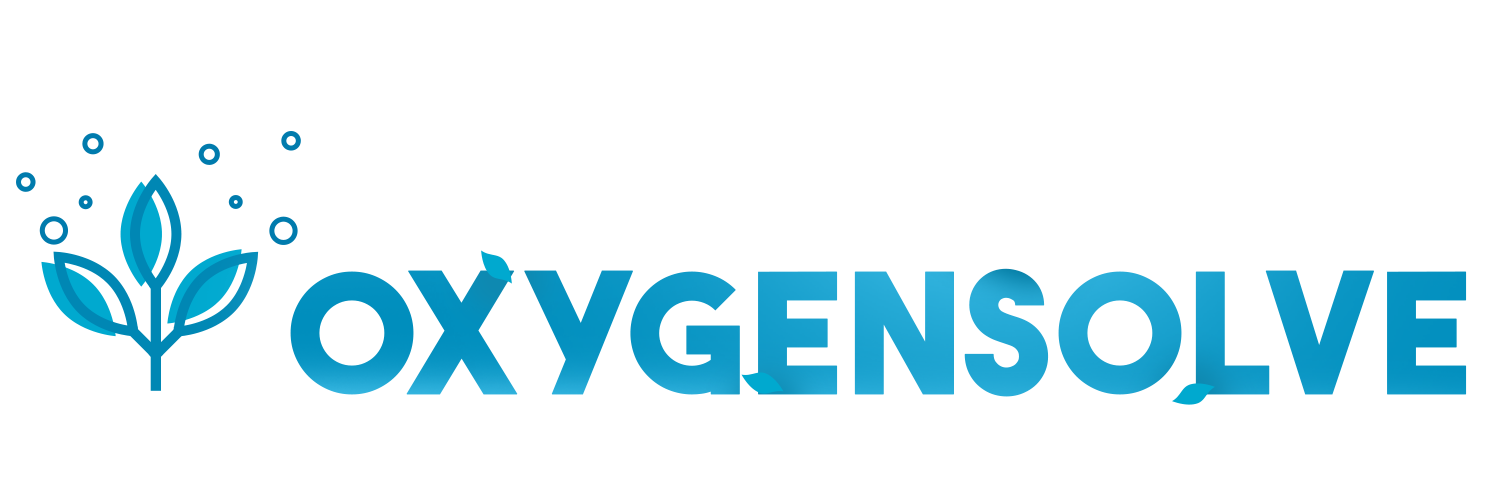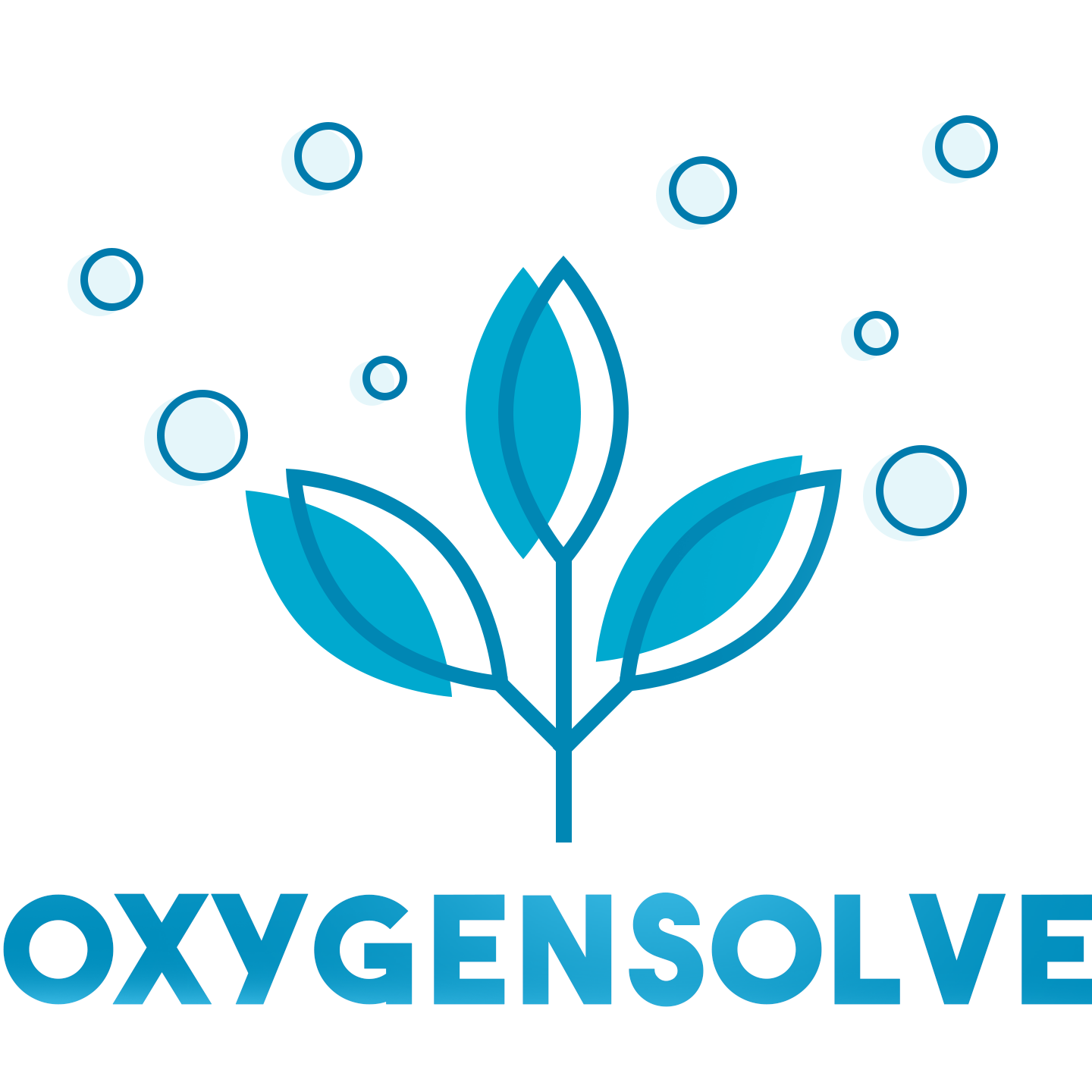How Global Supply Chain Challenges Are Affecting Oxygen Concentrator Prices: The Impact of Rising Tariffs
CODE
The global supply chain is undergoing a series of challenges, resulting in increased costs for various products and services. One of the most affected sectors is the healthcare equipment industry, particularly oxygen concentrators. These devices, crucial for individuals with respiratory issues, are becoming more expensive due to the combination of rising tariffs, logistical disruptions, and material shortages. Understanding how rising tariffs are influencing oxygen concentrator prices can help businesses and consumers make informed decisions when considering their healthcare needs.
The Impact of Rising Tariffs on Oxygen Concentrator Prices
Rising tariffs have been a significant factor in the increasing costs of oxygen concentrators over the past few years. Tariffs, or taxes on imported goods, can increase the final retail price of products for consumers, and oxygen concentrators are no exception. Since many of these life-saving devices are manufactured abroad, especially in countries like China,
The global supply chain is undergoing a series of challenges, resulting in increased costs for various products and services. One of the most affected sectors is the healthcare equipment industry, particularly oxygen concentrators. These devices, crucial for individuals with respiratory issues, are becoming more expensive due to the combination of rising tariffs, logistical disruptions, and material shortages. Understanding how rising tariffs are influencing oxygen concentrator prices can help businesses and consumers make informed decisions when considering their healthcare needs.
The Impact of Rising Tariffs on Oxygen Concentrator Prices
Rising tariffs have been a significant factor in the increasing costs of oxygen concentrators over the past few years. Tariffs, or taxes on imported goods, can increase the final retail price of products for consumers, and oxygen concentrators are no exception. Since many of these life-saving devices are manufactured abroad, especially in countries like Canada, Mexico, China, and India, tariffs imposed on imported goods have raised the cost of production and, consequently, the final price.

In particular, the U.S. has imposed higher tariffs on goods from, Canada, Mexico, and China, and India, which are major players in the production of medical equipment, including oxygen concentrators. Manufacturers are left with no choice but to absorb these higher costs, often passing them on to consumers. The rising tariffs are creating a ripple effect, not just for oxygen concentrators, but for many other medical supplies. This price hike, though necessary to maintain business profitability, presents a challenge for healthcare providers and patients who rely on oxygen concentrators for daily care.
tariffs imposed on imported goods have raised the cost of production and, consequently, the final price.

In particular, the U.S. has imposed higher tariffs on goods from, Canada, Mexico, and India China, which are major players in the production of medical equipment, including oxygen concentrators. Manufacturers are left with no choice but to absorb these higher costs, often passing them on to consumers. The rising tariffs are creating a ripple effect, not just for oxygen concentrators, but for many other medical supplies. This price hike, though necessary to maintain business profitability, presents a challenge for healthcare providers and patients who rely on oxygen concentrators for daily care.
Supply Chain Disruptions and Delays
Rising tariffs are only part of the problem. In addition to these tariffs, there have been significant disruptions to the global supply chain. The COVID-19 pandemic exacerbated existing logistical issues, creating bottlenecks at ports, delays in shipment schedules, and shortages of essential raw materials. These disruptions made it difficult for manufacturers to source the components they need for the production of oxygen concentrators.

When supply chains are disrupted, manufacturing plants face delays in production schedules, which further drives up costs. Oxygen concentrator manufacturers must deal with these delays, resulting in an inability to meet the demand for their products. In response, they may raise prices as a means of maintaining profitability, which, in turn, impacts the cost for consumers. For businesses in the oxygen concentrator industry, this not only affects their bottom line but also limits their ability to provide affordable solutions to patients who need them.
Raw Material Shortages Contributing to Increased Prices
Another critical issue influencing oxygen concentrator prices is the shortage of raw materials. Key components used in the production of these devices, such as semiconductors, aluminum, and steel, are in limited supply due to the ongoing global supply chain crisis. These materials are essential for the assembly and function of oxygen concentrators, and when their availability decreases, production costs inevitably rise.
The shortage of semiconductor chips has been particularly problematic for the electronics industry as a whole. Oxygen concentrators rely on these chips for their monitoring and control systems. When manufacturers cannot secure enough of these components, they are forced to either delay production or source them from higher-cost suppliers. This results in further price increases for oxygen concentrators, making them less affordable for the end consumer.
The Role of Rising Tariffs in Consumer Costs
With tariffs and raw material shortages driving up production costs, oxygen concentrator companies are left with limited options. One of the most common responses is to pass those increased costs onto consumers, which results in higher prices for oxygen concentrators. This is particularly concerning for patients who rely on these devices for their health and well-being.
For many individuals with respiratory conditions, an oxygen concentrator is not a luxury but a necessity. The rising prices, however, make it difficult for some to afford this essential healthcare equipment. This price hike, driven by rising tariffs and global supply chain challenges, has left both businesses and consumers struggling to keep up.
As demand continues to rise, companies that sell oxygen concentrators must find ways to balance their costs with the need to provide affordable products to those in need. While it may not be feasible to completely absorb the rising tariffs and supply chain disruptions, businesses must focus on offering financing options, discounts, or tiered pricing to make oxygen concentrators more accessible to a wider range of customers.
What Can Be Done to Manage Rising Tariffs?
There are several ways businesses and consumers can respond to the challenges posed by rising tariffs. For businesses, it may be worthwhile to explore alternative sourcing strategies, such as looking for suppliers in countries with lower tariffs or finding ways to bring production closer to home. By diversifying suppliers and optimizing their supply chains, companies may be able to reduce their dependency on imports and lower their exposure to rising tariffs.
For consumers, exploring different models and brands of oxygen concentrators may be a good strategy to find affordable options. Some manufacturers may have better pricing structures or offer more competitive products in response to market pressures. Additionally, working with insurance providers or seeking financial assistance for medical devices can help offset the costs of oxygen concentrators in the long term.
Conclusion: Navigating Rising Tariffs and Oxygen Concentrator Prices
In summary, the rise in tariffs and the global supply chain disruptions have significantly impacted the prices of oxygen concentrators. With rising production costs, limited availability of raw materials, and delays in manufacturing, businesses are being forced to increase prices, ultimately affecting consumers who rely on these vital medical devices.
As these challenges persist, both businesses and consumers must be proactive in finding solutions to manage rising oxygen concentrator prices. Whether through sourcing adjustments, improved supply chain strategies, or finding financial assistance, there are ways to mitigate the impact of rising tariffs and ensure that patients continue to have access to the life-saving oxygen equipment they need.
At Oxygensolve, we understand the importance of making oxygen concentrators accessible to those who need them most. We are committed to offering high-quality oxygen concentrators that meet the needs of our customers while navigating the complexities of rising tariffs and supply chain challenges.




















